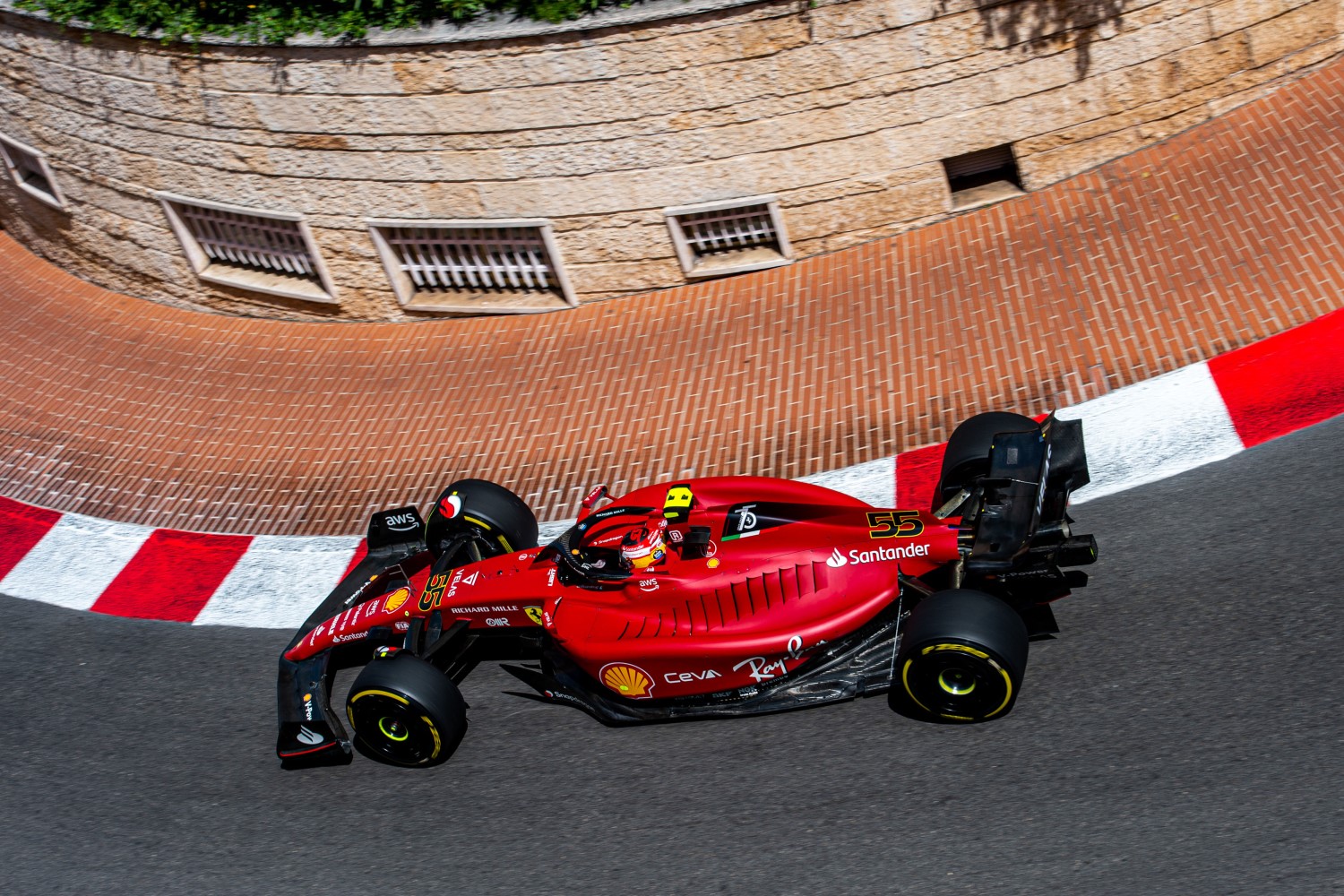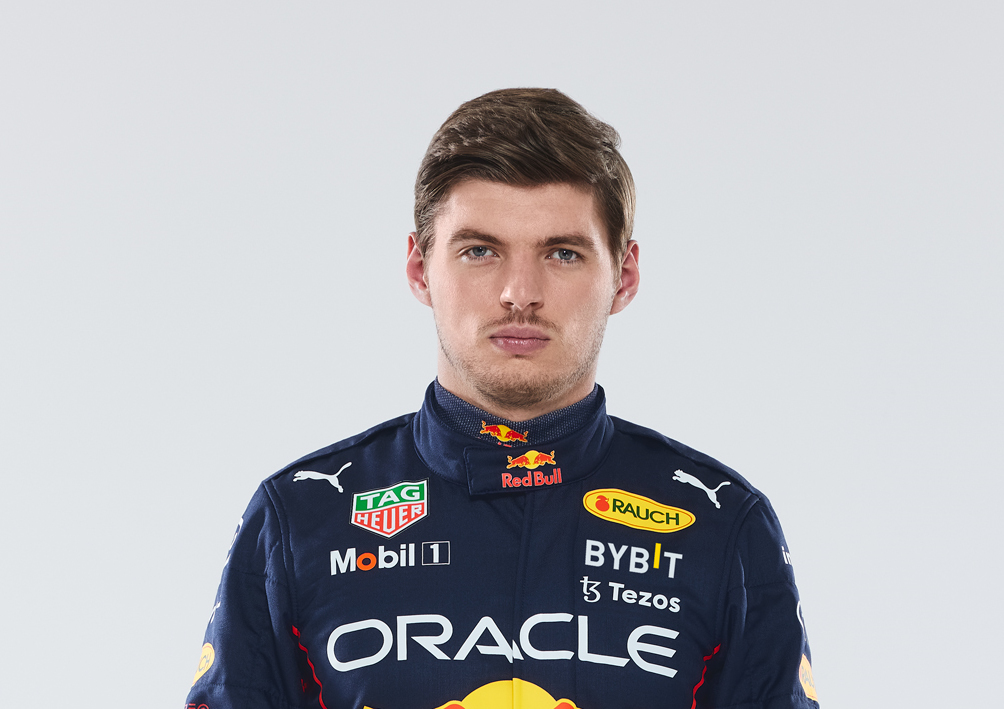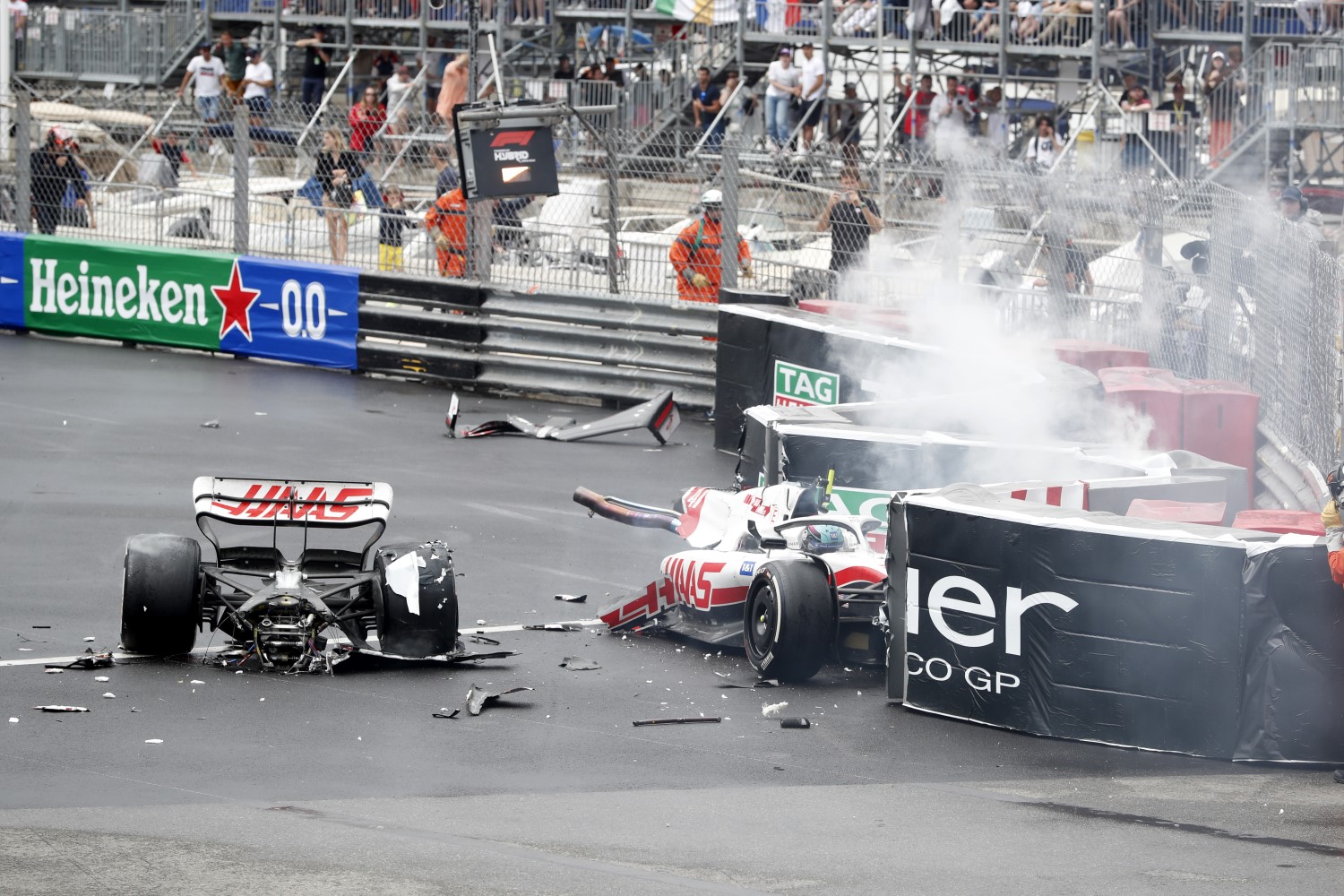F1: Heavier weight of F1 cars a concern in crashes
For those of you who have taken a physics class, you may recall that the force which a moving car hits a stationary barrier like a wall around a racecourse can be computed by the following formula:
Favg = 1/2 mv2 / s, where
Favg = average impact force during car deformation, measured in Newtons or Ft-lbs
m = mass or weight of the car measured in lbs or kg
v2 = velocity squared measured in mph or feet per second
s = length of the car that crumples from the start of the impact until the car comes to a stop – measured in meters or feet
Looking at the above equation, there are three factors that affect the amount of force the driver’s body feels:
- The force is directly proportional to the weight of the car. An Army tank hitting an immovable object will result in a lot larger force on its occupants than if they were riding on a bird feather, given the same speed. In the bird feather example, the weight would just be their body weight. In the tank example, it would be the weight of the tank plus your body.
- Velocity of the car squared – this is a big factor because the number is squared
- The amount the car crumples. If it crumples 1 inch the force on the driver will be 12 times more than if it crumples 12 inches. Passenger cars are designed with crumple zones to protect its passengers. The more the front of your car deforms without deforming the passenger compartment the better.
George Russell says the increasing weight of Formula 1 cars risks becoming a potential safety issue as an impact “is like crashing with a bus compared to a Smart Car”. The new ground-effects cars that were finally introduced for the 2022 season are the heaviest in the championship’s history at 798kg.
Speaking to Motorsport.com regarding his thoughts on the handling of F1’s latest ground-effects machines, Russell said there are “a lot of positives to take from this regulation change” and also outlined his thoughts on how the high and seemingly ever rising weight figure could soon become problematic.
“The big one [issue] is the weight,” said Russell, who is also a director of the F1 racers’ collective organization, the Grand Prix Drivers’ Association.
“The weight is extraordinary. At the moment, the low-speed performance is not great.
“We keep making these cars safer and safer, but obviously the heavier you make them when you have an impact it’s like crashing with a bus compared to a Smart Car.
“You’re going to have a greater impact if you’re going the same speed with a car that weights 800-odd-kgs or over 900kgs at the start of a race, compared to one 15 years ago when they were at 650kg.
“And I’m sure there’s analysis going on about striking that right balance because I don’t know where the line is drawn.
“If you just keep making it heavier, heavier, heavier, stronger, stronger, stronger – actually you get to a point where you cross over that [line] that too heavy is actually not safer.”
2026 cars to be lighter
Formula 1 will look to reduce fuel consumption and the weight of the cars with the 2026 engine regulations said F1 chief technical officer Pat Symonds.
“We’re fighting for mass in F1,” he told RaceFans. “The cars are very, very heavy.
“You could say, in a qualifying lap, does it matter you’re carrying 2kg of fuel instead of 7.5kg of fuel? It’s not the end of the world.
“But if you’re starting a race with 100kg of fuel because your energy density is only half, then you’ve still got a heavy car. So I think it does matter.”

“When I set out what we want to do with this car I said, if you go right to the top level, I want the same performance from the car and I want to use two-thirds of the fuel.
“I said I want the same speed, I want roughly the same lap time, I want roughly the same acceleration, I want roughly the same braking capability and I want roughly the same cornering capability.”
Symonds went onto to explain that by reducing drag through “active aerodynamics”, F1 cars would consume less fuel during a given race.
“You don’t have to be an engineer to realize that one of the reasons we use quite a lot of fuel on these cars is because they’re high-drag,” he said.
“So the first thing you’ve got to do – apart from the fact you’re moving into much more hybridization, a lot more like electrification on the car – you’ve got to get some drag out of it.
“So there will certainly be some drag reduction. But with that drag reduction comes a downforce reduction so then you can’t go around the corners so fast. So that leads you to say that you’ve really got to have active aerodynamics on the car.”
Drivers Struggle to Keep Weight off, but muscle mass on
Driver weight is also a factor, not in how much the overall car weighs, but more so in how much ballast the car carries, and where, for handling purposes.
Some drivers are so small, like Yuki Tsunoda who weights 110 lbs soaking wet, the team can add more ballast front to rear to help the car handle better (remember your polar moment of inertia and centrifugal force equations).
But drivers like Nico Hulkenberg and Max Verstappen are at a disadvantage because they have a larger body mass – they cannot help it, they are taller, and their bones are thicker.

Max Verstappen recently talked about how he sometimes struggles to keep his weight within the limits set by Formula 1. In an interview with Viaplay F1 Talks, Verstappen explained how varying body types led to different diets and training regimes for drivers.
The Dutchman said:
“Some [drivers] are lucky with that, some can eat what they want, but they then have to train a bit more to keep their muscles. Once you know what your body needs, that’s how you have to train it.”
Max Verstappen also explained that drivers like Nyck de Vries and Alex Albon have to work hard to maintain muscle mass. He added:
“I know because I speak a lot with Nyck [that] he has to train a lot to keep his muscles, because if he doesn’t train for a few days or a few weeks he loses a lot of muscle. It was the same with Alex, he has to use quite a few protein shakes just to keep the muscles.”
“For me, it’s the opposite. I don’t really lose a lot of muscle and I never really have a lot of issues with driving a car from a physical strength standpoint, but I struggle more with just keeping my weight on the limit.”
Mark Cipolloni (aka Mark C.) reporting for AutoRacing1.com
